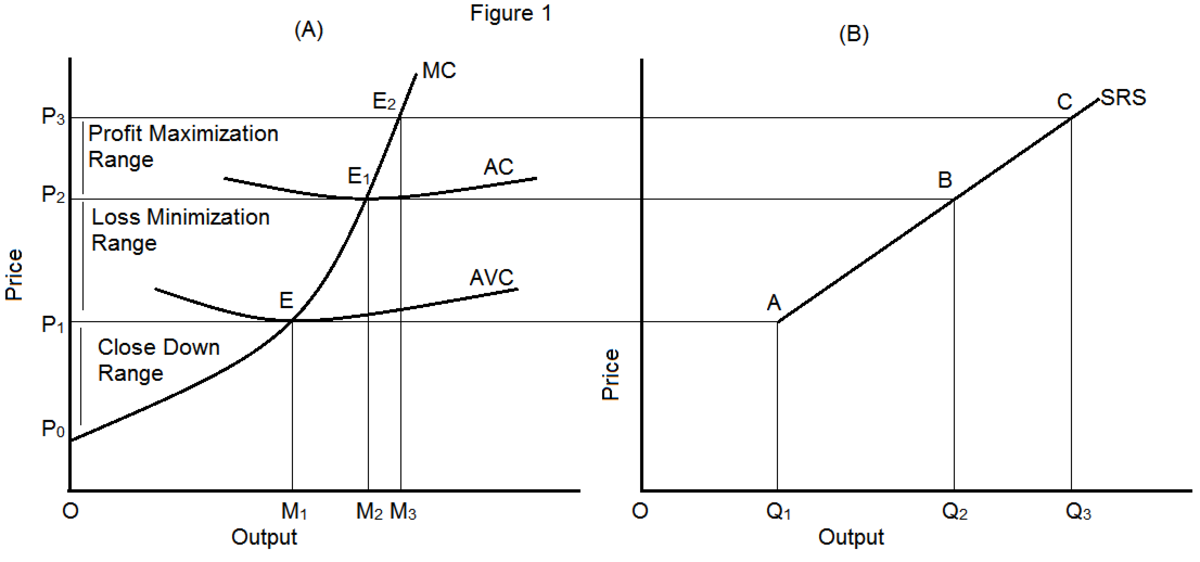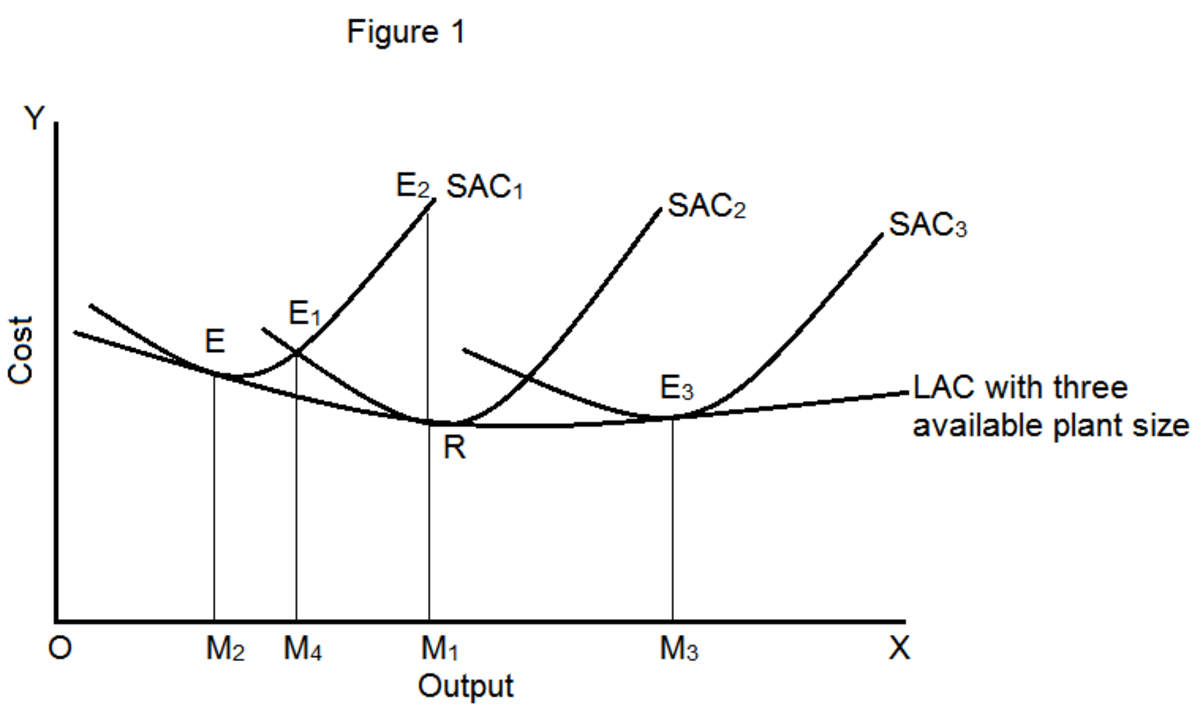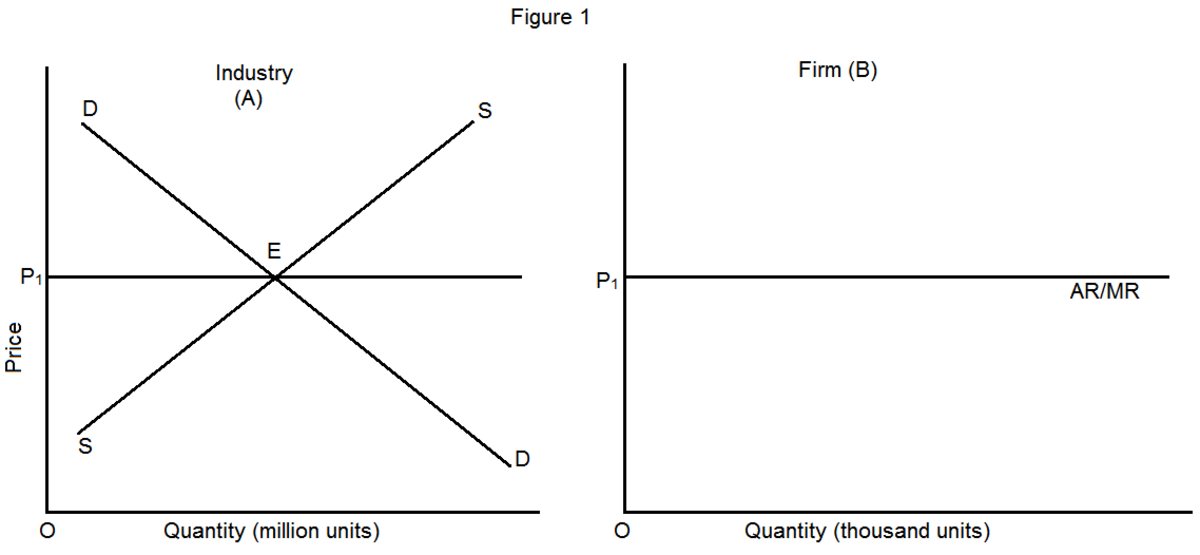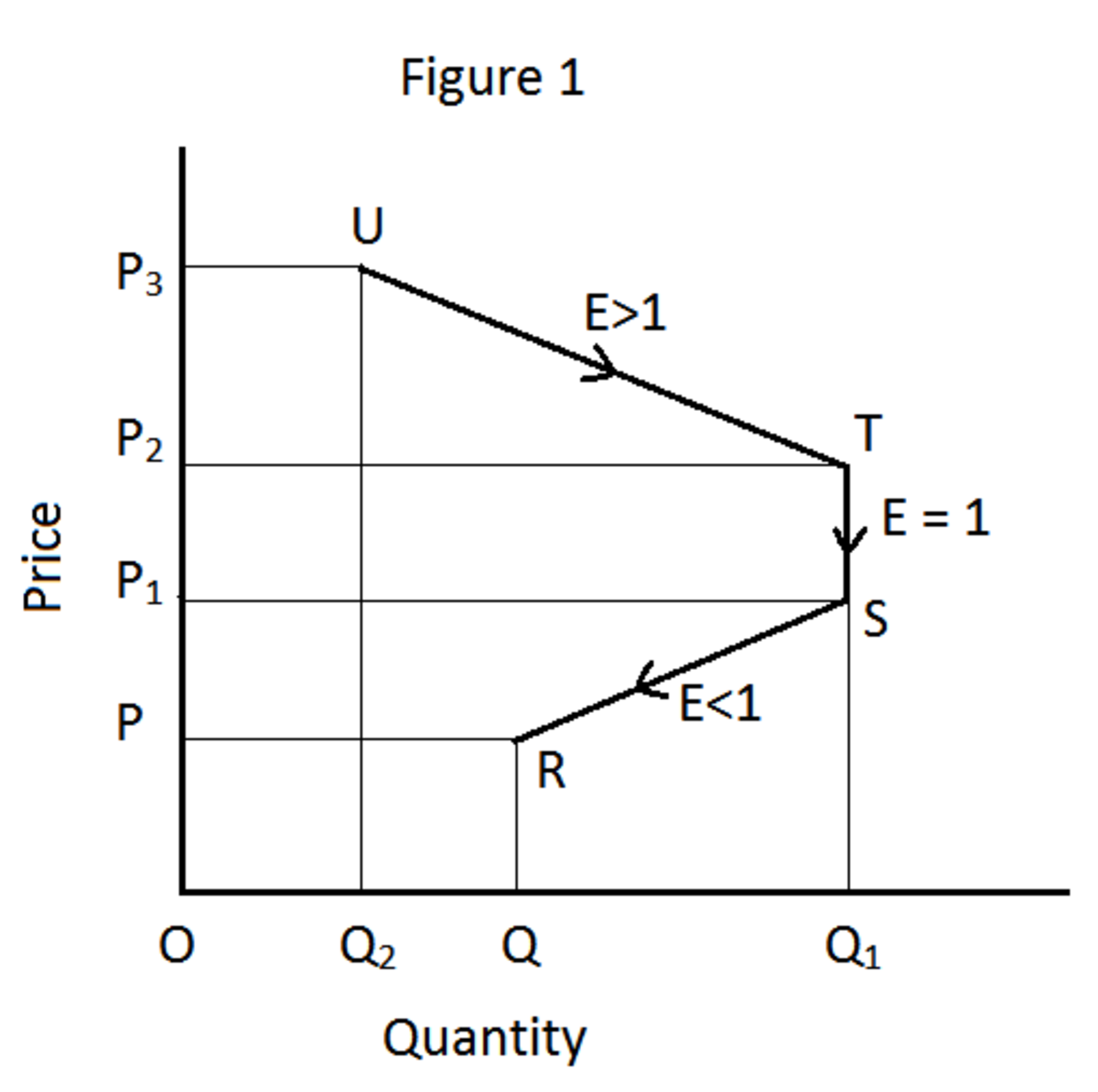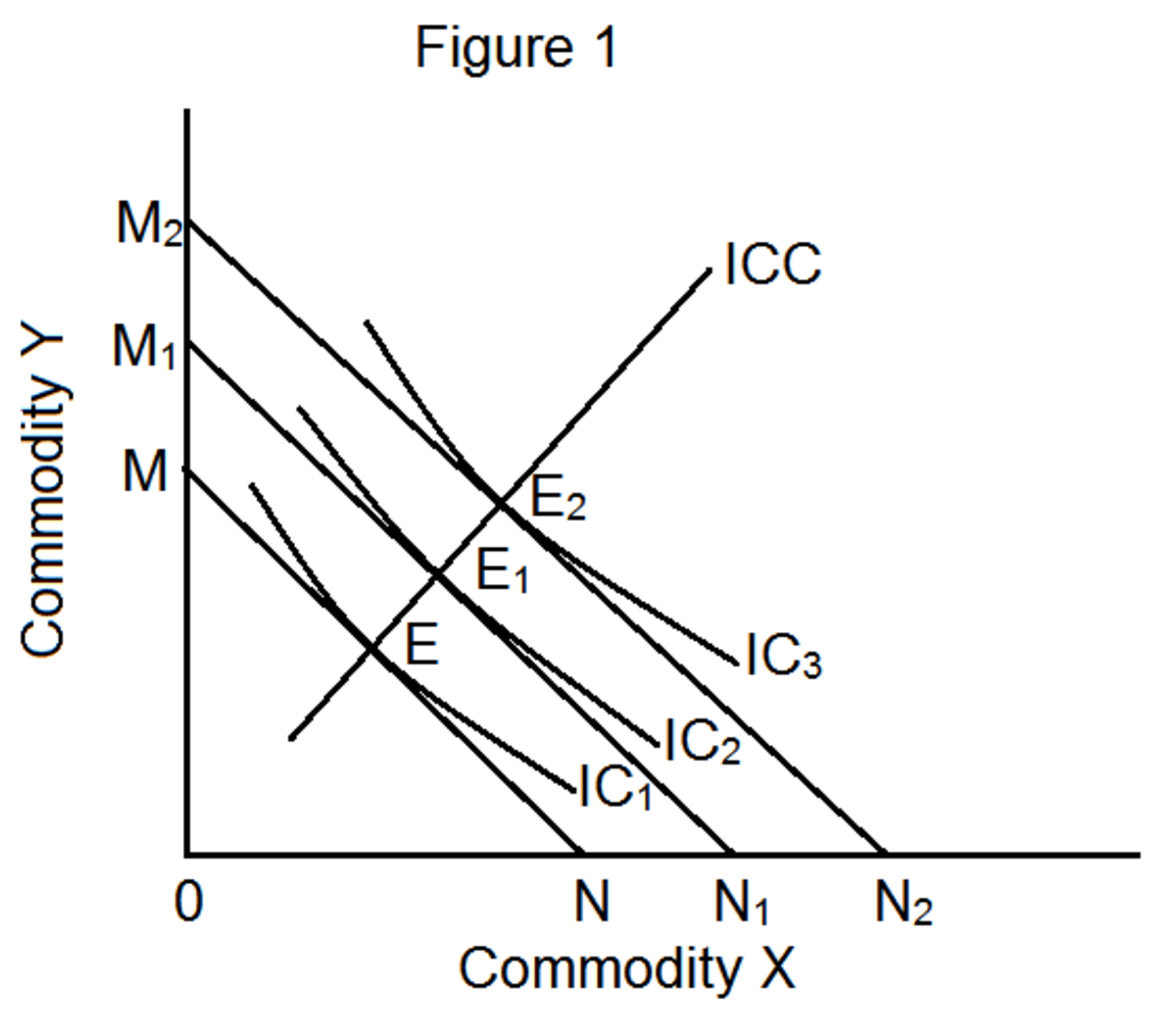Business Firm and Production
The scope of micro-economics presents the economic behavior in a given market. It studies the demand and supply analysis, consumer behavior, market structures and business firms that may interact in the economic analysis in the management of scarce resources. The existence of business firms is to produce goods and services that have economic viability and profitability in the market.
It must be noted that the firm is a business institution with the desire to earn profit and produce goods and services in most efficient way. There are four forms of business organizations namely: sole proprietorship; partnership; corporation and cooperative.
1.Sole Proprietorship
This is owned by single person that has full control and authority of the business. The sole proprietorship is registered and recognized through the approval of application through the Bureau of Trade Regulation and Consumer Protection of the Department of Trade and industry. The example of this form of business is the retailers, stores, shops, vendors and other business operated by a single individual. The main concern of sole proprietorship is the risk not only assets but also the possible loss and bankruptcy of business that may lead to the full personal liability and the subject of financial claims by creditors. If the business is successful there is an accumulation of wealth because all the profits go to the owner.
Advantages of a Sole Proprietorship
The minimum capital invested in the sole proprietorship has the advantage as to the investment of the firm. The right of private property and the operation of business may also have the opportunity to own the firm at the same receives all the earning of the enterprise. What is important in sole proprietorship , you are the boss in the operation of the business. The business registration is relatively at low start-up cost and payment of income tax.
1. All the profits in the firm operation go to the proprietor. The prize of taking the risk of business is getting all the profits. The sole proprietorship is motivated to invest in the operation of the firm in order to earn profit.
2. It is the single ownership of the enterprise. This is invested by single individual to manage, plan and executive the business operation. The manager, proprietor or the boss in the operation of the enterprise. The sole proprietorship has the full autonomy, independence in making decisions in the execution of the strategic operations of the business.
3. The start-up cost is very low as compared with the other forms of business organizations. The production cost is relatively low as compared with partnership or corporations. The financial statements are less complicated in identifying the cost of the operation. This is less difficult to register and start the operation. The working capital required in the cost of operation is also minimal.
4. The payment of income tax may be lower than corporate taxes. The income tax paid by the proprietor is relatively lower than those being paid by corporation. It usually does not pay all personal income taxes made in profit.
Disadvantages of a Sole Proprietorship
Basically, the concern of the sole proprietorship is the large capital investment for them to compete with the large firm just like corporations.
1. The liability of the business operation is unlimited. The business operation of single individual bears the risks of all losses. Even personal property and other properties that may have been included as collateral for commercial loans are not exempted from business liabilities in case of bankruptcy.
2. The limited capital and difficulty in raising capital for the expansion of the business. The proprietor may have the hard time to expand and diversify the business because of the limited capital. The commercial banks cannot grant large amount of capital unless the business is operated as corporation with large investments and properties.
3. The sole proprietor cannot compete with corporations. The difficulty of raising capital and limited investment may result to an inflexible business that cannot compete with corporations.
2. Partnership
A partnership is owned and operated by two or more people with the common goal to share the profit for them. The partners usually agree to combine their financial resources and professional expertise to maximize the productivity of the business. They have to register in the Security Exchange Commission and file the articles of incorporation within the business type as partnership. An example of this form of business is the professional firms such as law firms, accounting firms, medical consultancy firms and others.
Usually the firm under this type has unlimited liability that creditors may run their assets and properties in payment of partnership debts. However to safeguard this problem it can pursue to agree limited partnership or limited liability partnerships. The agreement of each partner may come whether total and unlimited personal liability or limited liability of the debts incurred by the partnership. These are the reasons why there are three typical classifications of partnerships whether: general partnerships, limited partnerships, and limited liability partnerships.
Advantages of a Partnership
The creation of specialization and expertise of the firm becomes more efficient, productive and better managed by partners of the firms. Just like the sole proprietorship , there is easier access to tax advantages and limited regulation than the corporation.
1. There are more capital and better managed than the sole proprietorship. The combination of financial resources by two or more people may produce better capital investment and more profitable in business. The partnership may provide larger operation and better credit line in the operation of the business.
2. The management of the firm is more efficient, productive and better managed than the sole proprietorship. The creation of specialization and expertise in the various tasks of the business may provide better business atmosphere. The different partners can managed by their of business affairs as they are experts in their work.
3. There is limited regulation, tax advantages and easier to manage than the corporation. The partnership firm may have easier time to manage with limited regulation and tax advantages than the corporation.
Disadvantages of a Partnership
The success of business may result the better opportunity to earn profit and share it to the partners. The problem of this form of business, the contributions of partners may not evenly justify as to the financial benefits given to them. Likewise, the firm may have disagreements or conflicting arising to manage and operation of the business. There is always an individual differences as to the implementation of business strategies to maximize the profit of the organization.
1. There is an unlimited liability and sharing of financial liabilities and losses in the operation of the business. Just like the sole proprietorship, the partners of the firm may have legal responsibility on all the liabilities and losses in the operation of the business. It may have equal sharing of the financial losses regardless of the outcome of the business as they are partners of the business. Unless this is classified as limited partnership or limited liability partnership as may specify legal provision as to the extent of financial and management liability of the firm.
2. The Sharing of All Profits without consideration to the contribution of the partners. It is the legal duty of partners to equally share profits( unless specify provisions as to the particular output of the firm) without considering the contribution of partners. The success of the individual partners may not affect the additional payment of salaries or commission of the firm.
3. The disagreement or possible conflicts as to the operation of the business. The common problem of partners is the possibility of conflicting business strategies that may result to the poor of operation of the business. The disagreement may not only management –related factors but other production variables.
3. Corporation
The corporation exists as legal entity operated as business firms through the holding of share of capital stocks that are sold to investors for consideration of profit by the shares of stocks. It is also operated in the stock market as investors are willing to buy share of stocks and sell them in consideration of profit. The good examples of corporations are the airlines companies, beverage companies and other multi-national corporations operated as stock corporations.
The advantage of corporation is the easy access in raising capital funds for the expansion of the business firm. It is the most profitable in the classification of the business firm because of the financial operation is capital-intensive with huge amount of investment in the market such as in telecommunication, transportation, manufacturing and other corporate sectors. The capital stock is easily transferable as can be operated in the Stock Exchange through the shares of stocks. However, the disadvantage is the restrictions on its mandated charter as controlled by the Securities and Exchange Commission in the corporate operation of the business.It is also the most expensive business firm because of the huge market investments.
4.Cooperative
The cooperative is operated as duly registered association with equal rights and privileges by all the members of the business organization. They have collective interest for the purpose of lawful business undertaking on common social and economic end. The equitable distribution of capital funds may have the advantage in the democratic control of the business. The profits are distributed in form of dividends and controlled by the cooperative members. The disadvantage of cooperative is the lack of capital incentives in the share of dividend.
Types of Cooperative
- Credit Cooperatives .The cooperative funds are use in granting loans for productive purposes such as the creation of economic enterprise ( micro-enterprise or medium scale enterprise) for the members of cooperatives.
- Consumer Cooperative. The cooperative operates in the production, procurement and distribution of consumer goods/ commodities in a given market.
- Producers Cooperative. The cooperative operates in the production of goods or commodities in the agricultural, commercial and industrial areas.
- Marketing Cooperative. The cooperative undertakes the marketing of goods and services in the production of supply inputs in the market.
- Service Cooperative. The cooperative engages varied services such as the establishment of hospital, electric cooperative and other services
- Multi-purpose Cooperative. This cooperative engages the diversification of business activities usually the combination is the marketing, consumer and credit cooperatives.

